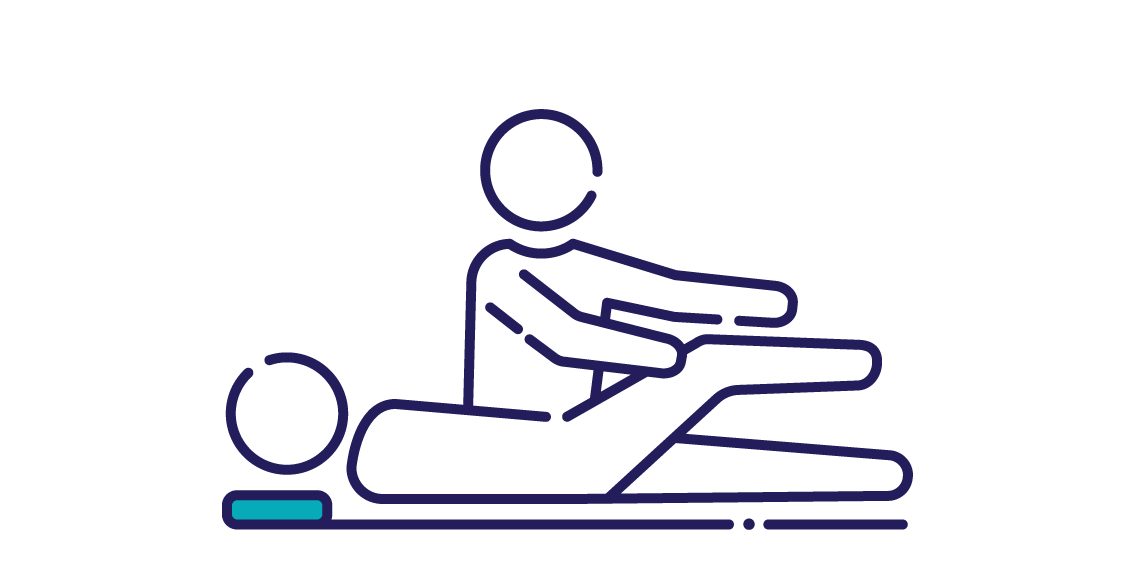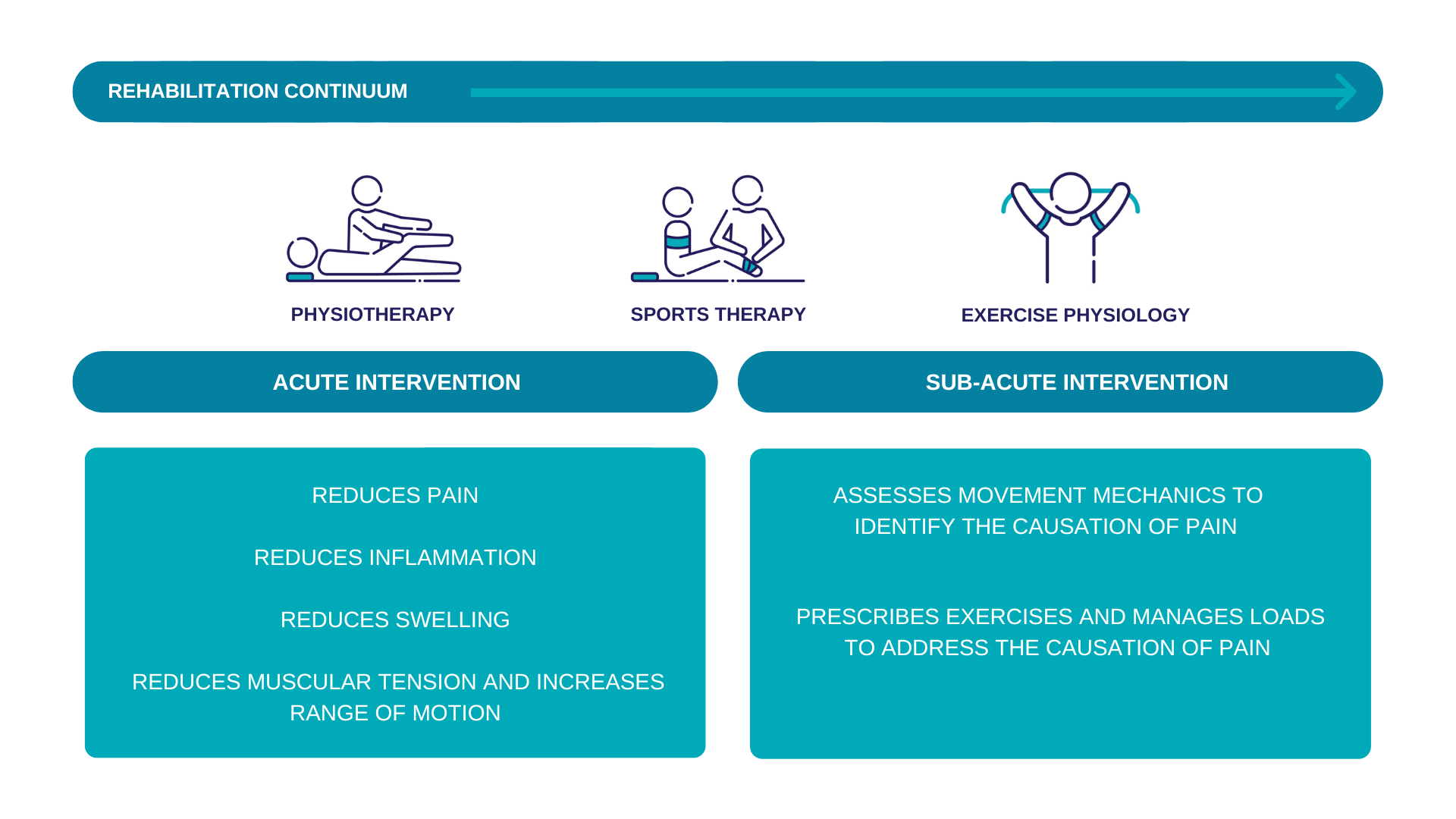MUSCULOSKELETAL PAIN
At START Training we promote an integrative allied healthcare approach where our Physiotherapists, Exercise Physiologists, and Sports Therapists professionals work as part of a collaborative team to manage your Musculoskeletal pain.
What is Musculoskeletal pain?
Musculoskeletal pain is defined as pain that affects the bones, muscles, ligaments, tendons or nerves which is an inflammation or irritation, can occur without a diagnosed injury to tissues and structures.
What do I do if I am in pain?
We recommend you to book in with our Physiotherapists first to assess the type of pain and develop a treatment plan. The management of musculoskeletal pain may require an integrative approach between Physiotherapists, Sports Therapists and Exercise Physiologists to:
reduce the severity and sensation of the initial pain.
determine what is causing the pain.
prescribe exercise programming to correct the causation of the pain.
START Training Interdisciplinary Musculoskeletal Pain Management Process
Our Services
START Training practitioners are experts in Musculoskeletal pain rehabilitation. Rehabilitation services that we offer for conditions (but not limited to) are indicated below:
-
Headaches.
Migraines.
Neck Tension Pain.
-
Adhesive Capsulitis (Frozen Shoulder).
Shoulder Pain.
Biceps Tendinopathy.
Lateral & Medial Elbow Pain.
-
Lower Back Pain.
-
Sinding Larson Johannson Syndrome.
Sciatica.
Osteitis Pubis.
Gluteal Tendinopathy.
Patella Tendinopathy.
Plantar Fasciittis.
Achilles Tendinopathy.
-
Non-descript pain.
Bone strain/stress reaction/stress fracture.
Osteitis, periostitis.
Apophysitis.
Tendinopathy (paratenonitis, tenosynovitis, tendinitis, tendinitis).
Chronic degeneration / micro tears.
Bursitis.
Synovitis.
Chondropathy.
-
Muscle tension/pain.
Chronic compartment syndrome.
Fasciitis/fasciosis.
Altered neruomechanical sensistivity.
Nerve Entrapment.
-
Osgood Schlatter’s Disease.
Severs Disease.






